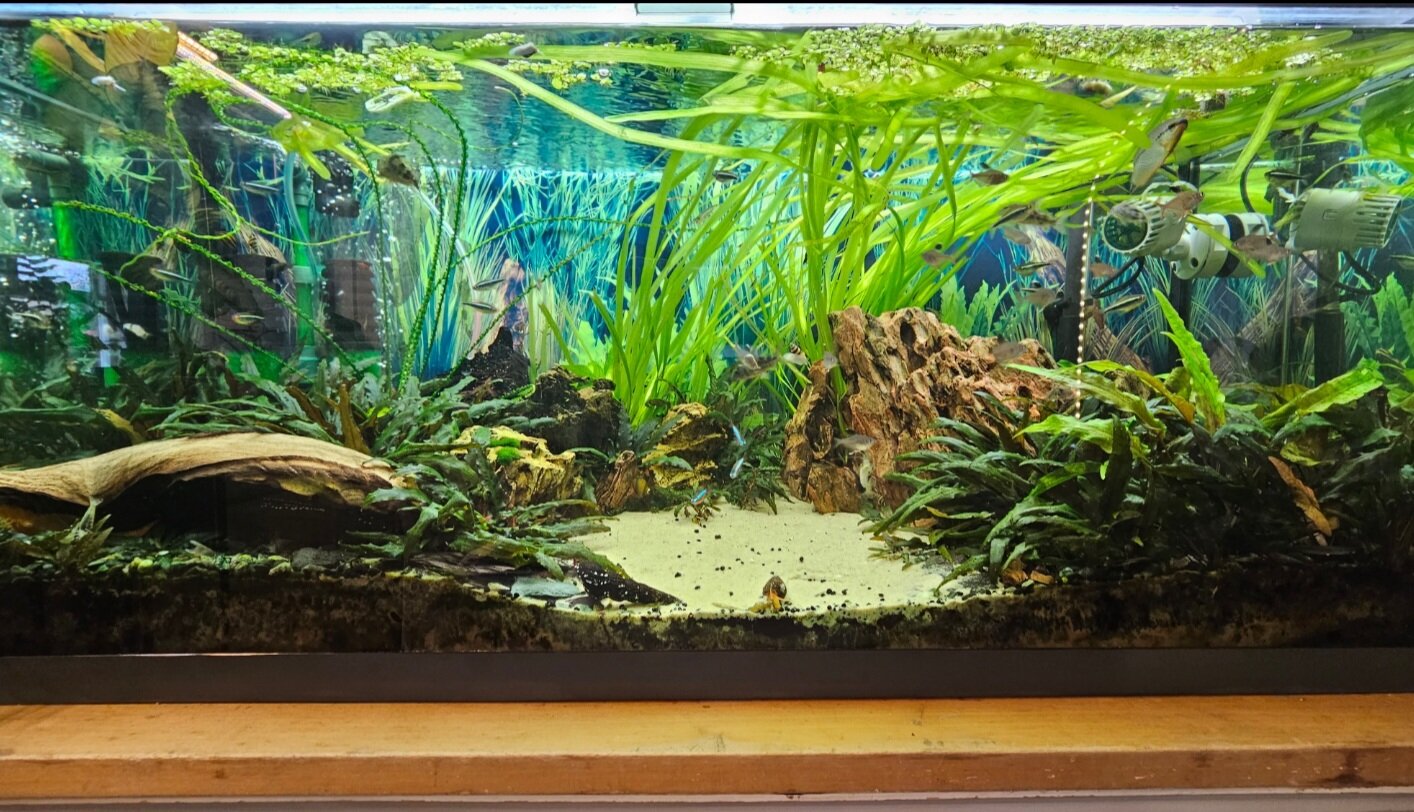It is usually recommended to plant heavily from the start and also a lot of plants are advised to be used only in stable water conditions. So I was wondering what approach is the most sensible in a brand new uncycled tank?
Do you plant everything you want in the tank immediately or do you have some step by step order in which you introduce different types of plants?
I'm planning a new tank after some years away from the hobby and having some trouble discerning what constitutes a 'delicate' plant, all I know is that I want to use a lot of cryptocorynes and they are genereally considered both easy and 'requires stable water conditions' so I'm unsure of what I'm going to do with that information.
Do you plant everything you want in the tank immediately or do you have some step by step order in which you introduce different types of plants?
I'm planning a new tank after some years away from the hobby and having some trouble discerning what constitutes a 'delicate' plant, all I know is that I want to use a lot of cryptocorynes and they are genereally considered both easy and 'requires stable water conditions' so I'm unsure of what I'm going to do with that information.



